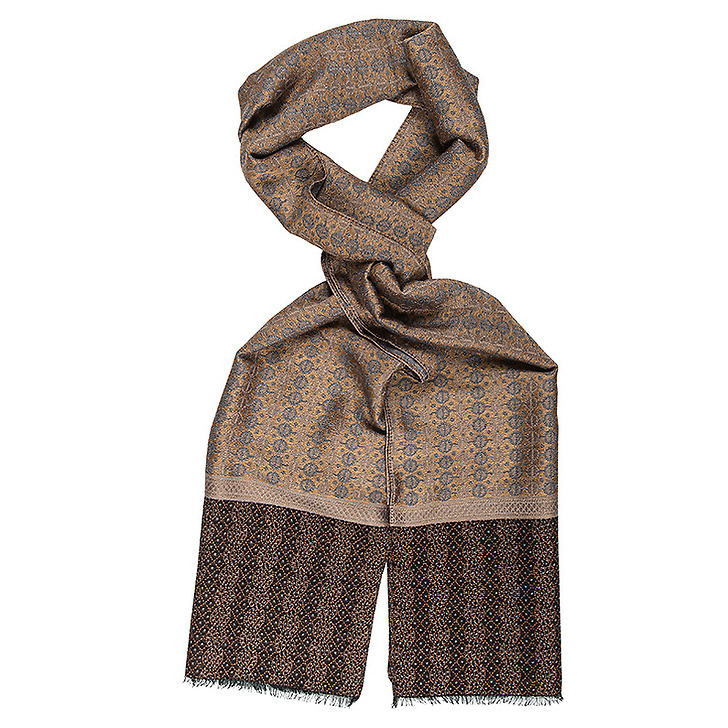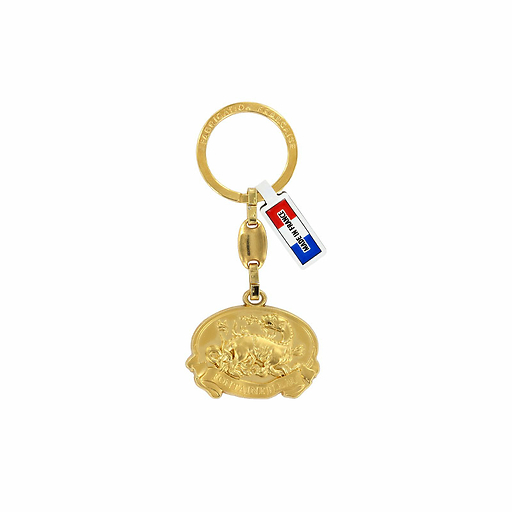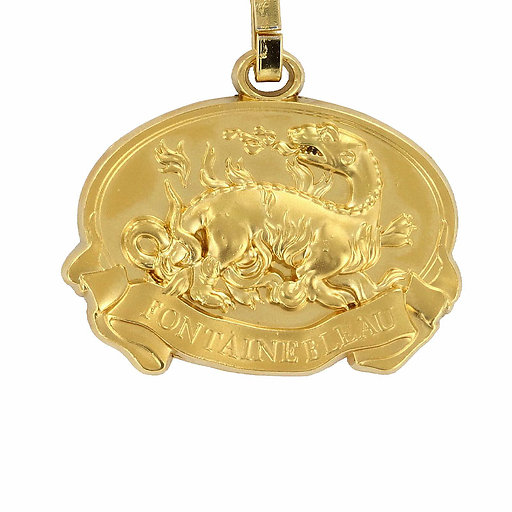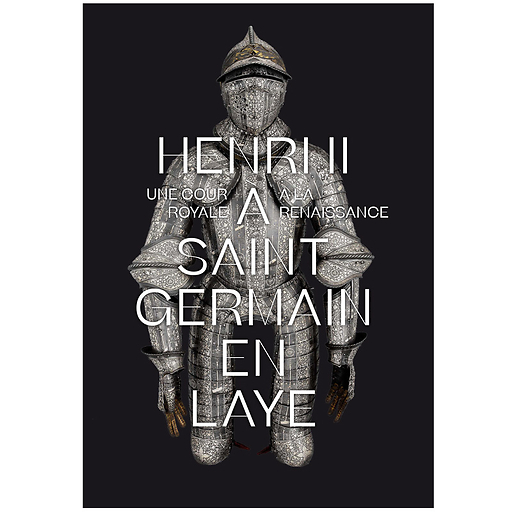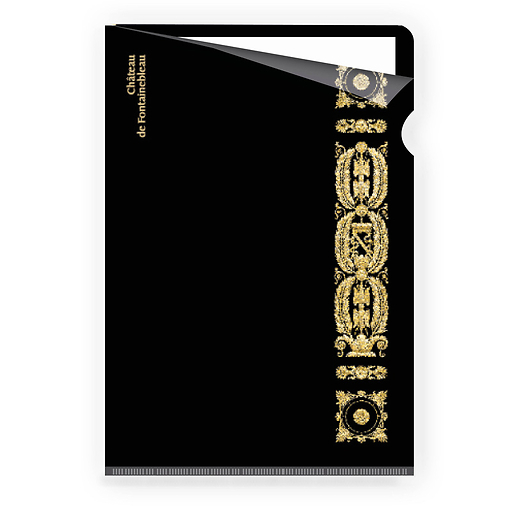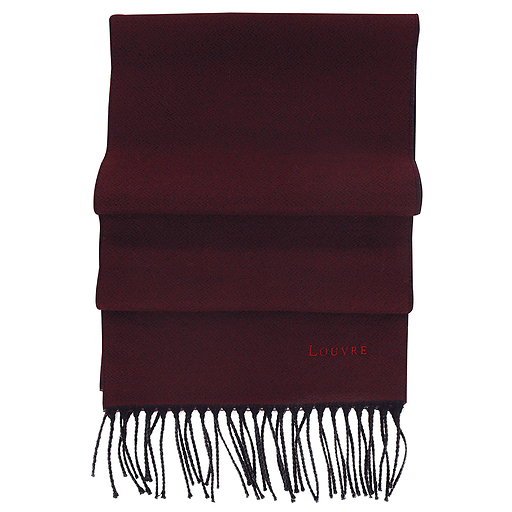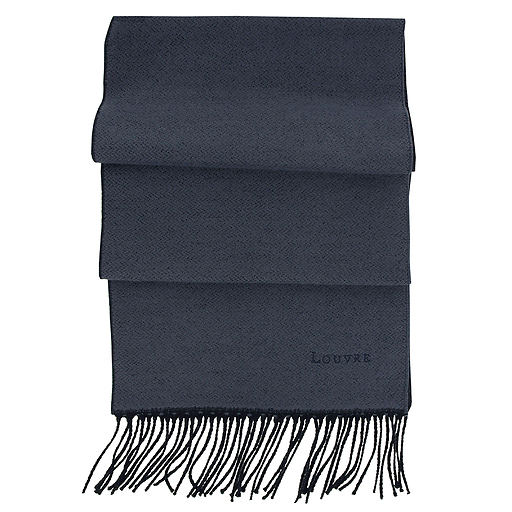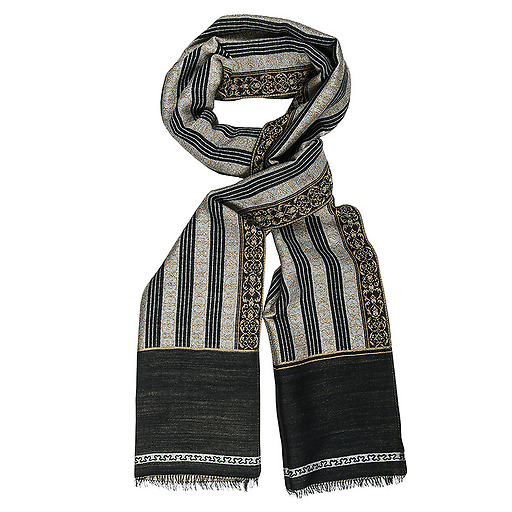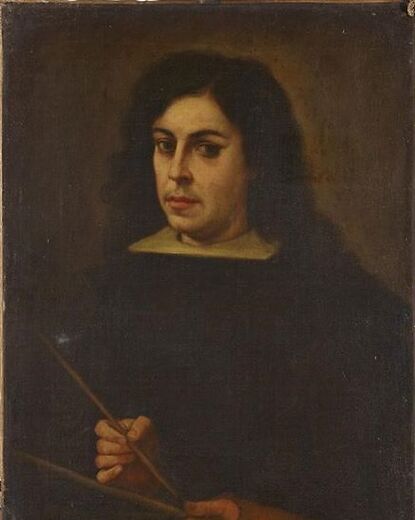One of the most important Dutch painters of his time, Joos van Cleve was among the artists attracted by the frenzy of artistic activity which Fontainebleau experienced during the reign of Francis I.
He worked for some time for the French court, shortly after 1530, where, among other works, he painted...
Read more
One of the most important Dutch painters of his time, Joos van Cleve was among the artists attracted by the frenzy of artistic activity which Fontainebleau experienced during the reign of Francis I.
He worked for some time for the French court, shortly after 1530, where, among other works, he painted the king's portrait and that of his wife, Eleanor of Hapsburg. The presence of this northern portraitist at the court of Francis I reminds us that the king did not limit himself to welcoming Italian artists, but that he had also given work to Flemish or Dutch painters, who were then much in favour throughout Europe.
The son of Charles of Angoulême and Louise of Savoy, and cousin of King Louis XII, whom he succeeded to the throne in 1515, Francis I is considered as the monarch who most symbolises the period of the French Renaissance. Master builder, sponsor, patron of the arts, his reign allowed a major flourishing of the arts in France to take place, as well as the diffusion of the artistic achievements of the Italian Renaissance.
Here he is shown in a sumptuous gown, embroidered with pearls and gold and silver thread, exemplifying the elegance and refinement which prevailed at his court.
Close

